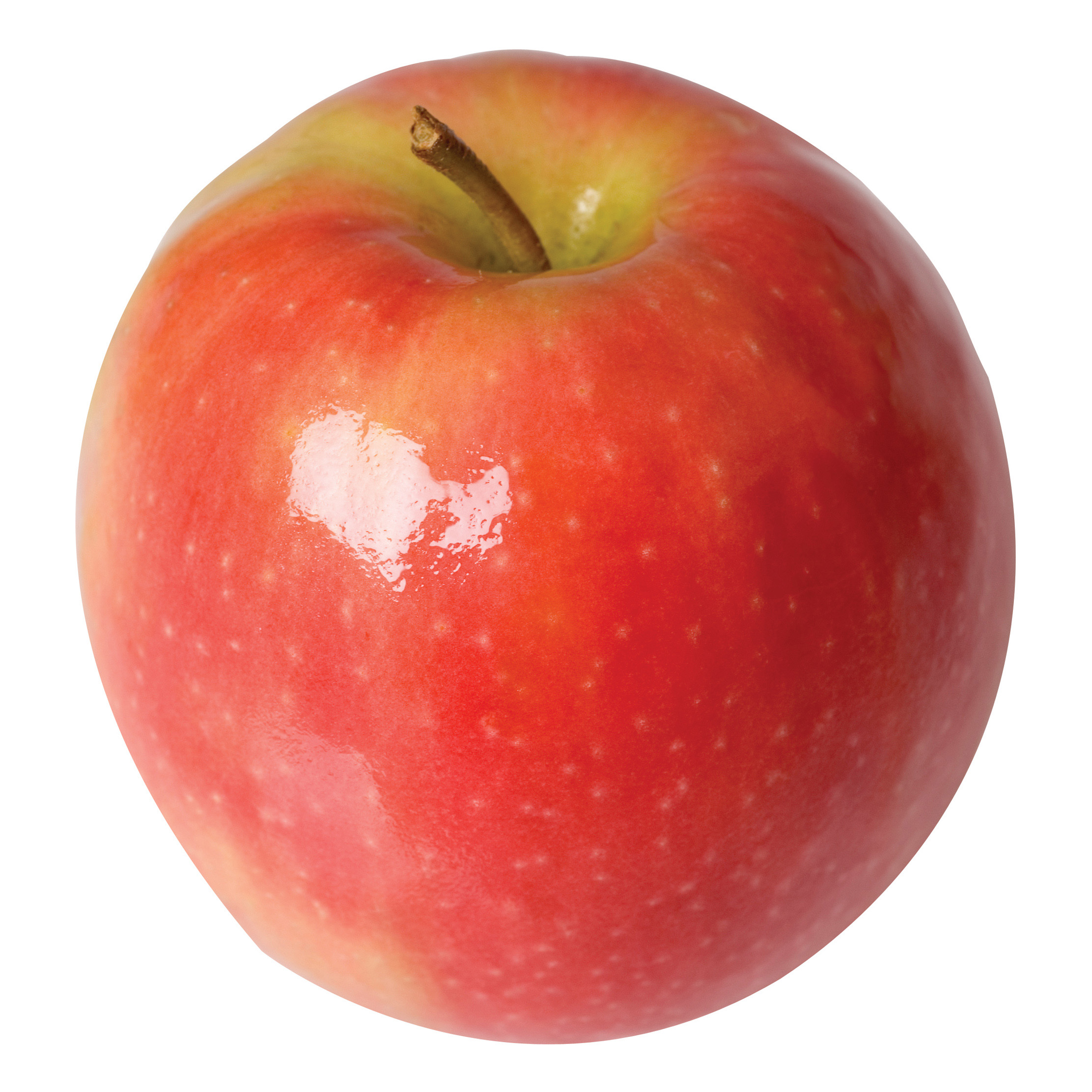


PMC is a free full-text archive of biomedical and life sciences journal literature at the U.S. National Institutes of Health's National Library of Medicine (NIH/NLM)
PubMed Central offers very sophisticated searching options, but these can be intimidating to new users. Read PubMed Help first.
NEXT for Young Children, an NAEYC Professional Development Resource, is published electronically and released six times per year, to accompany each issue of Young Children. Follow the NAEYC link above to see sample articles or to get to the member log-in.
SCHOLARLY ARTICLES ARE WRITTEN TO :
· report results, experimental or observational
· relate these results to previous knowledge in the field
· facilitate communications among researchers
SCHOLARLY ATRICLES ARE READ TO :
· keep readers current with the latest research in field
(Articles are published more quickly so are more up-to-date than books)
· model how a similar study might be done
· improve readers’ writing skills
(Lab papers are usually organized the same way as journal articles.
The more scholarly writing is read, the better the reader’s own writing skills become.)
· enable critical thinking
(Raw data accompanies conclusions, so readers can decide for themselves.)
· find more useful resources for further research
(The reference list can be used to find related books and articles.)
· develop a skill expected by employers
• Keep your initial search simple—set the limit for “Full Text” right away, but save other limits (such as date ranges, scholarly, etc.) until you see the results list.
• Look for common database tools (suggested subject headings, abstracts, citation help, emailing and save options) on the edges of the page, often in a color bar above the search boxes or in a separate frame on the right or left of your results list.
Here's what to look for:
| CRITERIA | POPULAR MAGAZINE | TRADE JOURNAL | SCHOLARLY JOURNAL |
|
|
|
||
| Content | Secondary discussion of someone else's research; may include personal narrative or opinion; general information, purpose is to entertain or inform. | Current news, trends and products in a specific industry; practical information for professionals working in the field or industry. | In-depth, primary account of original findings written by the researcher(s); very specific information, with the goal of scholarly communication. |
| Author | Author is frequently a journalist paid to write articles, may or may not have subject expertise. | Author is usually a professional in the field, sometimes a journalist with subject expertise. | Author's credentials are provided; usually a scholar or specialist with subject expertise. |
| Audience | General public; the interested non-specialist. | Professionals in the field; the interested non-specialist. | Scholars, researchers, and students. |
| Language | Vocabulary in general usage; easily understandable to most readers. | Specialized terminology or jargon of the field, but not as technical as a scholarly journal. | Specialized terminology or jargon of the field; requires expertise in subject area. |
| Graphics | Graphs, charts and tables; lots of glossy advertisements and photographs. | Photographs; some graphics and charts; advertisements targeted to professionals in the field. | Graphs, charts, and tables; very few advertisements and photographs. |
| Layout & Organization | Informal; may include non-standard formatting. May not present supporting evidence or a conclusion. | Informal; articles organized like a journal or a newsletter. Evidence drawn from personal experience or common knowledge. | Structured; includes the article abstract, goals and objectives, methodology, results (evidence), discussion, conclusion, and bibliography. |
| Accountability | Articles are evaluated by editorial staff, not experts in the field; edited for format and style. | Articles are evaluated by editorial staff who may be experts in the field, not peer-reviewed*; edited for format and style. | Articles are evaluated by peer-reviewers* or referees who are experts in the field; edited for content, format, and style. |
| References | Rare. Little, if any, information about source materials is given. | Occasional brief bibliographies, but not required. | Required. Quotes and facts are verifiable. |
| Paging | Each issue begins with page 1. | Each issue generally begins with page 1. | Page numbers are generally consecutive throughout the volume. |
• Browsing the contents of print periodicals in your field helps you stay current with issues and trends
• Finding articles on a specific topic in our print periodicals can be challenging. Some CFCC print periodicals have citations in our databases; others can be found on the publisher's website. Use the chart below to find out how to search each print publication.
Periodical publications such as magazines, newspapers and journals vary in quality and depth of coverage. In your Psychology classes, your instructor will usually want you to select articles from scholarly journals (sometimes called "refereed" or "peer-reviewed" journals). This video offers some tips on how to tell a scholarly journal from a popular periodical. For more detail, try our guide to "Scholarly vs. Popular Works."